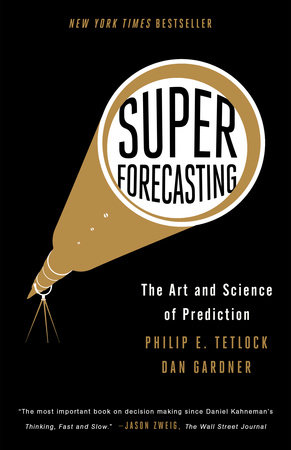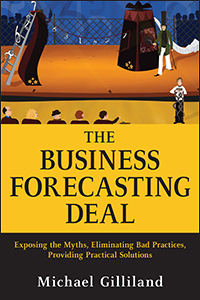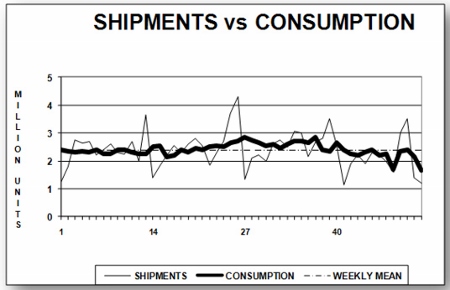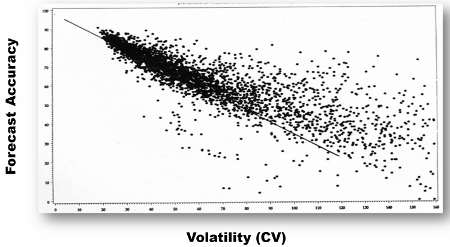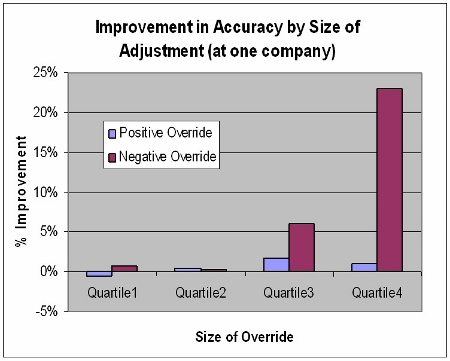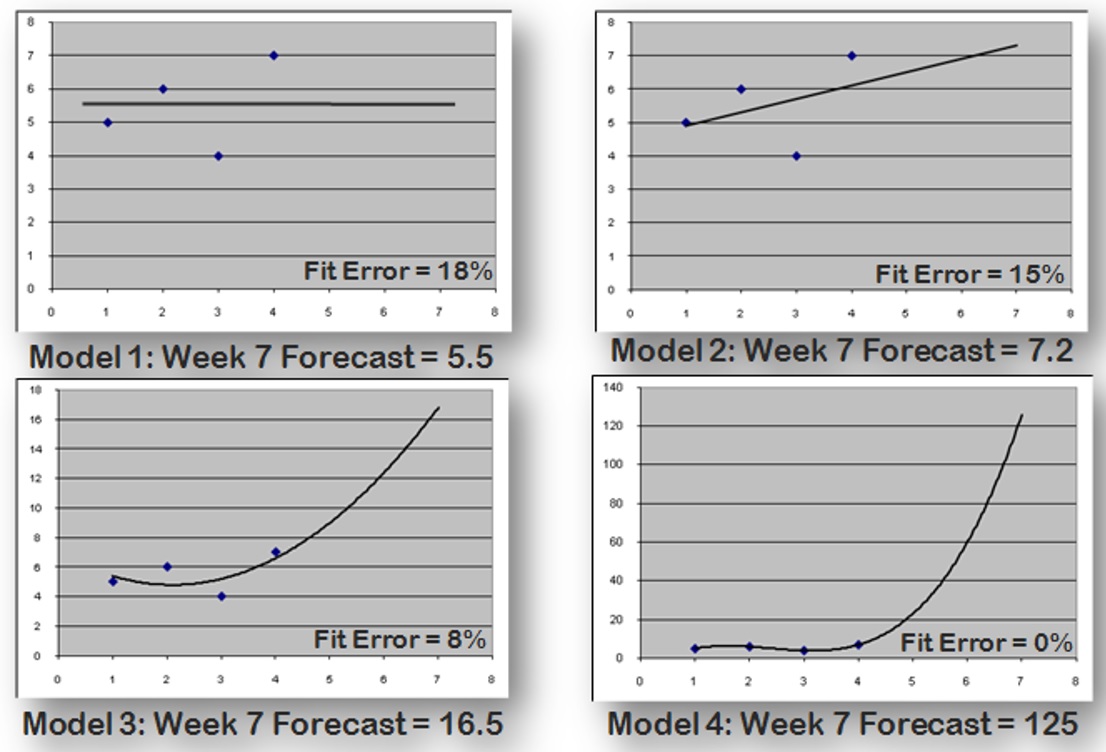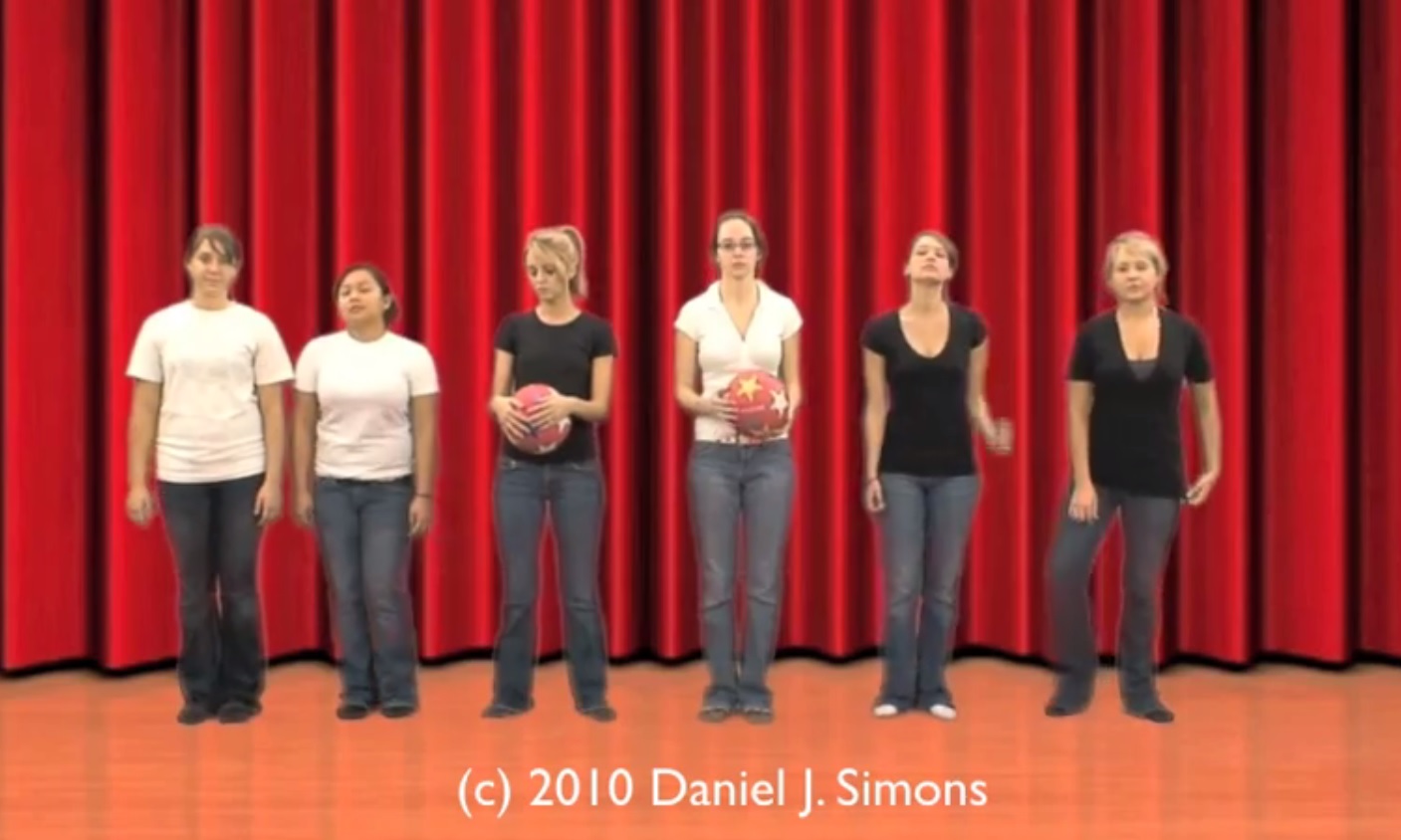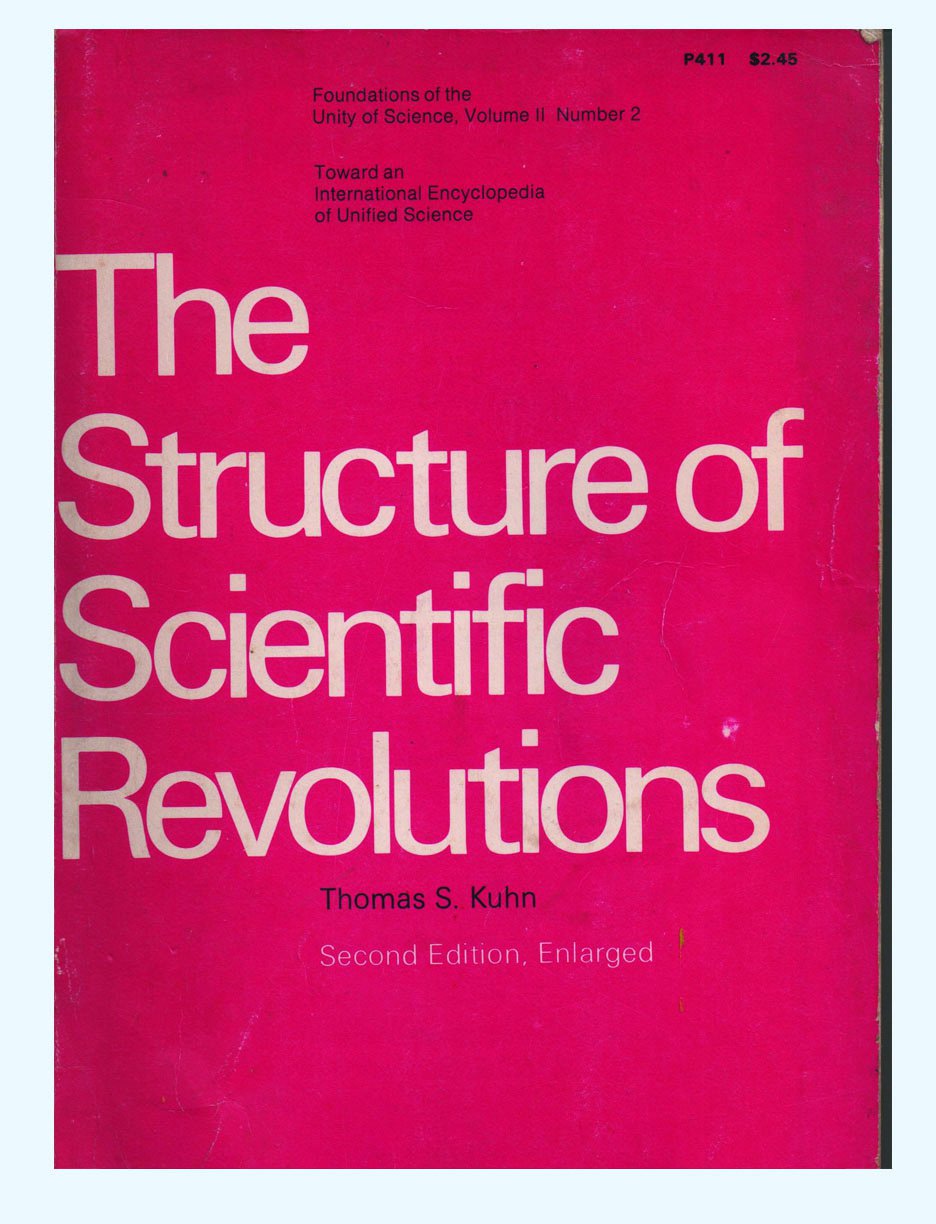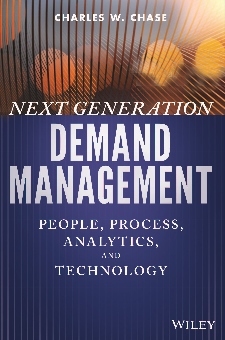
Editor-in-Chief Len Tashman's Preview The forecasting field is surely cross-disciplinary, as exemplified by the diverse membership of the International Institute of Forecasters (the publisher of this journal), but it is also multidimensional, as can be clearly seen in this Summer 2017 issue. The articles you’ll read here encompass sales and


